history
Latest content and event information
-
Lake Biwa Canal Boat to operate in autumn 2025
~ [National Treasure and Important Cultural Property Commemorative Flight] Operation Confirmed!! ~
The dream waterway of our predecessors, which can be traced by canal boat
Traces of many great achievements that can only be seen by boarding the shipThe Lake Biwa Canal fell into decline after the capital was moved to Tokyo.An artificial canal built to revive Kyoto's industryThe project, which overcame numerous difficulties, was carried out solely by Japanese people.A major project in Kyoto during the Meiji periodAfter 70 years, the Lake Biwa Canal has been restored. Enjoy a boat trip to see the great achievements of our ancestors with your own eyes, while taking in the scenery around the canal that changes with the seasons.
《Points that can only be seen by those on board》
・Among the plaques at the entrance to each tunnel, each written by representative politicians of the Meiji era, the only one inside the tunnel is that of Kitagaki Kunimichi, the third governor of Kyoto Prefecture, who planned and promoted the construction of the canal project.・Passengers on board can see the pit, which was the first in Japan to use the pit method, from below.
"customer's voice"
-The guide's explanation was easy to understand.
・Even though it's local, I didn't know it.
・Moved by the achievements of our predecessors. The tunnel is also worth seeing.
NatureJapan HeritageKYOTOLink KyotoLake Biwa canal boatcanalscenicLINK KYOTOautumn leavessustainablehistoryKyoto sightseeing
-
A long-established inn founded in 1912"Sumiya Ryokan"
The calm, sukiya-style building stands out in Sanjo Fuyacho, the heart of Kyoto. From the guest rooms and teahouse, you can enjoy the beautiful changes of the seasons in the courtyard.At the matcha experience at Sumiya Ryokan, you will be taught how to make and drink matcha, and you can try making it yourself or drink the matcha you made with your family or friends.You can have a fun time.
Sumiya Ryokan is also famous as a tea ceremony inn with deep ties to the Urasenke school. There are five tea rooms in the building, the most famous of which is Gyokutoan. It was named by the 14th head of the Urasenke school, Tantansai, after his predecessor, who was born in the year of the rabbit.
This plan is,Private plans for groupsFor those who are not comfortable sitting upright, we also have chair seats available. Please take this opportunity to come to Sumiya Ryokan.
The official website of Sumiya Ryokan can be found here
Private experiencePrivate ExperienceSumiya RyokanMatcha ExperienceKYOTOKyoto experienceTea ceremonylong-established storeMatchatea roomLINK KYOTOhistoryexperienceKyoto's Unique VenuesgenuineKyoto culturetraditional culture
-
"Tie-dye"It is a method of dyeing kimono that has been passed down in Japan for about 700 years.
By tying the fabric with thread and applying pressure, the fabric is dyed in a state where it is under pressure.
This is a traditional tie-dyeing technique called "makiage shibori," which creates patterns without the dye soaking through.
The way the pleats are gathered and the way the string is wrapped around the fabric will affect how the white background appears,
The skill comes into play in deciding which parts to dye.
You can choose from a wide range of 20 colors.
You will create a unique, one-of-a-kind piece of art just for you.
You can take your creations home with you.
experiencetaikenKYOTOLINK KYOTOhistoryexperienceKyoto's Unique VenuesKyoto culture
-
We are committed to contributing to people's health through pharmaceuticals and functional foods. Santonin, our revolutionary roundworm treatment, is made from the plant Artemisia miltiorrhiza. The world is home to a diverse range of plants, from the trees you see on your way to school to plants that produce fruit for snacks and even medicinal plants. The Yamashina Botanical Museum collects and cultivates approximately 3,000 species of plants from around the world. During your tour, you will experience the mysterious allure of plants. You will also learn about the evolution of pharmaceutical development throughout our company's history. Furthermore, you can utilize this opportunity for career development through interactions with employees who are committed to contributing to health.
Field trips for adultsplantmedicineLINK KYOTOhistoryexperience
-
Tea creates a dialogue between people. When you want to have a conversation with someone, it is customary to ask them to go for tea, but tea encourages conversation between people and deepens bonds. We Japanese are aware of this.
Let us once again focus on tea and remember the richness of daily life based on dialogue, not conflict. In Japan, a room for gathering has long been called a "chanoma." People and families can converse in a space with tea, and we can remember the richness of the heart that comes from drinking tea and talking.
Through something as familiar as tea, we hope to provide an opportunity to think about the desire for peace within ourselves and about the nature of communication in modern times, where human relationships are becoming increasingly tenuous.
Fukujuen, a long-established tea shop in Kyoto that co-developed the well-known Suntory Iyemon, will explain the history and value of tea.Field trips for adultsKyoto experienceUji teatea roomLINK KYOTOhistorytraditional cultureSDGs
-
Gion Kobu in Kyoto has a history of several hundred years. The special existence of "geisha" and "maiko" is made up of the best of Kyoto's various traditional crafts and performing arts. Preserving the unchanged geisha culture since ancient times leads to the passing on of precious traditional techniques.
Geiko and maiko are communication professionals, and their beauty comes not only from their appearance but also from within.
Experience the carefully handed down craftsmanship of the masters and the spirituality of the geisha and maiko who cherish every single gesture and courtesy, and experience the essence of the Japanese culture that Kyoto is so proud of around the world.Field trips for adultsFlower Street CultureInoue SchoolEtiquettewordingmaikogeishaLINK KYOTOhistoryHospitalityKyoto culturetraditional culture
-
Sightseeing in Kyoto on a two-story open bus with a sense of openness.
★Free hop-on and hop-off!
This bus route takes you around the main tourist spots in central Kyoto, and you can get on and off at any bus stop. If you're short on time, we recommend using the Green Course or Purple Course and making your own arrangements.★An experience that's different from usual!
You may be able to discover new charms of Kyoto city that you could not see on a walk around the city from the double-decker open-top bus. We also provide audio guided sightseeing information on the bus. You will not have to worry about missing out on any famous sights as we provide tourist information based on the guide's knowledge.★Sit down and be efficient!
Accessing Kyoto's sightseeing spots is a pain because of the time it takes to get around on your own, and it's a bit of a hassle if you don't take a taxi. There are bus stops at the Kyoto Station Karasuma Exit and at Shijo Karasuma, where there are many accommodations, so it's very convenient for sightseeing in Kyoto! You will also be seated on the bus, so you can travel comfortably!★"We also recommend taking advantage of the "Hometown Tax" system and receiving gifts in return!
LINK KYOTOshrinehistorytempleKyoto sightseeingsightseeingbusKyoto's Unique VenuescomfortableEmpty-handed sightseeing
-
Enjoy a pottery experience (painting experience, hand-making experience) of Kiyomizu ware, a traditional craft of Kyoto!
This is the Mori Pottery Museum in front of Kiyomizu-dera Temple.
In addition to selling Kiyomizu ware and other ceramics and Japanese accessories, you can also enjoy pottery experiences such as painting and hand-making.From 1 person to 250 people can experience it at once.
traditional craftspotteryKiyomizu wareLINK KYOTOhistoryexperienceKyoto's Unique Venuesgenuinetraditional culture
-
Come and create your own work using the world's thinnest and most beautiful Japanese gold leaf!
Everyone from students on school trips to people from overseas enjoy the gold leaf stamping experience.
There are three experience courses: Simple Course, Standard Course, and High Grade Course.
gold leaflong-established storetraditional craftsLINK KYOTOhistoryexperienceKyoto's Unique Venuesgenuine
-
Enjoy the handmade experience of making your own family crest goods!
The family crest workshop of Baba Dye Kogyo Co., Ltd., a long-established Kyoto company founded 143 years ago.”Hiiragiya Shinshichi”。
In a quaint workshop that retains the atmosphere of an old dyeing factory, you can make goods with your birthday emblem, your favorite Sengoku warlord's crest, or a historical figure's crest on them.
long-established storefamily crestSengoku warlordtraditional craftsLINK KYOTOhistoryexperienceKyoto's Unique Venuesgenuine




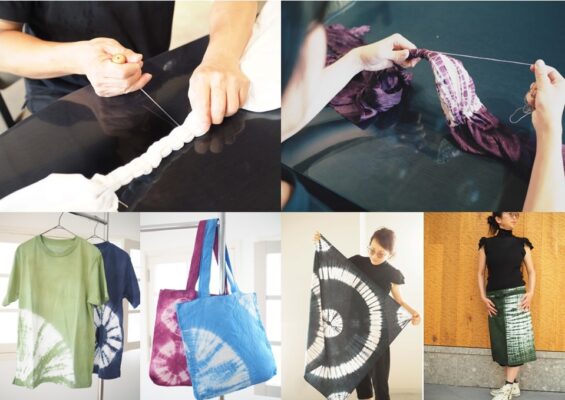
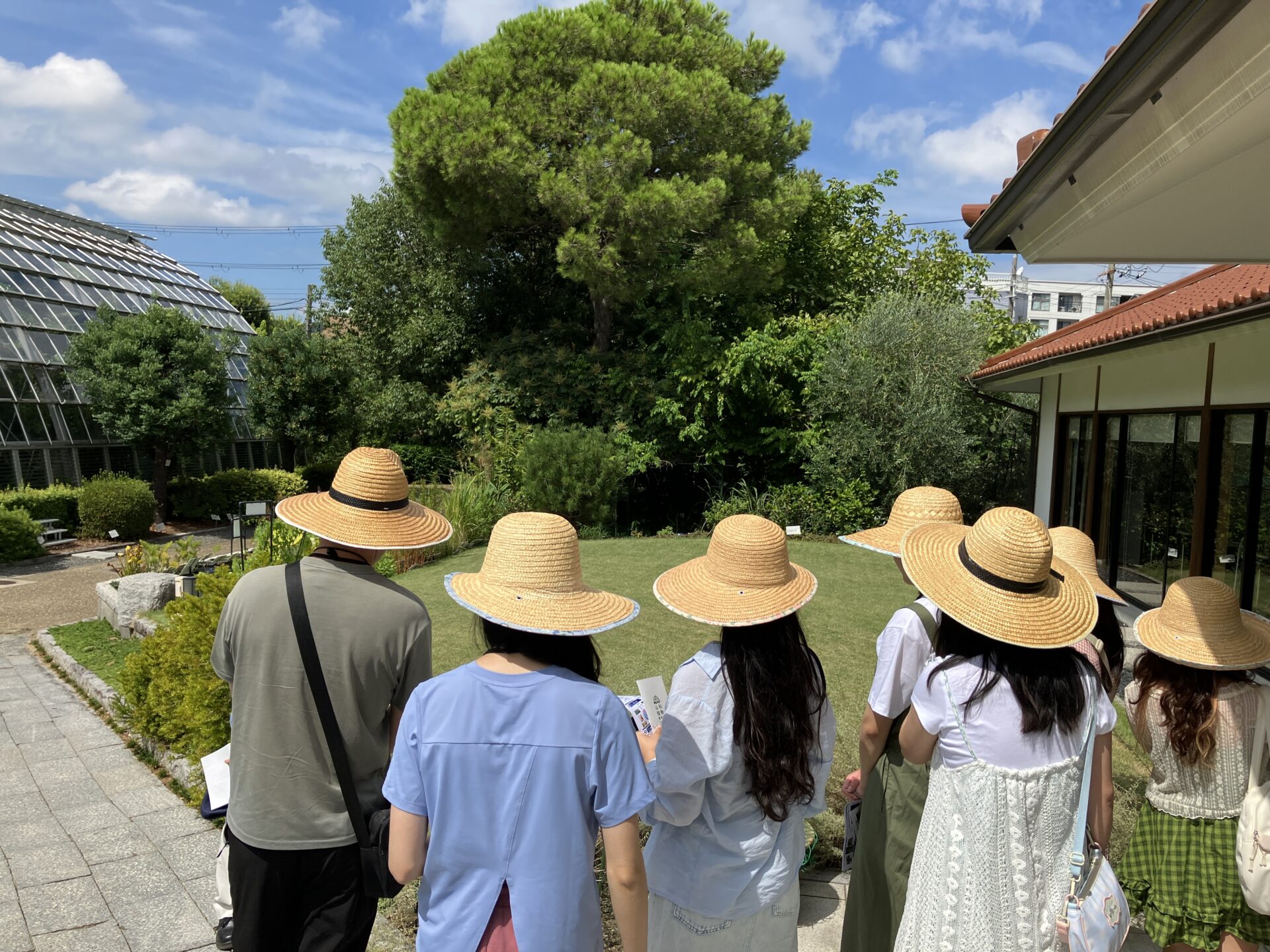


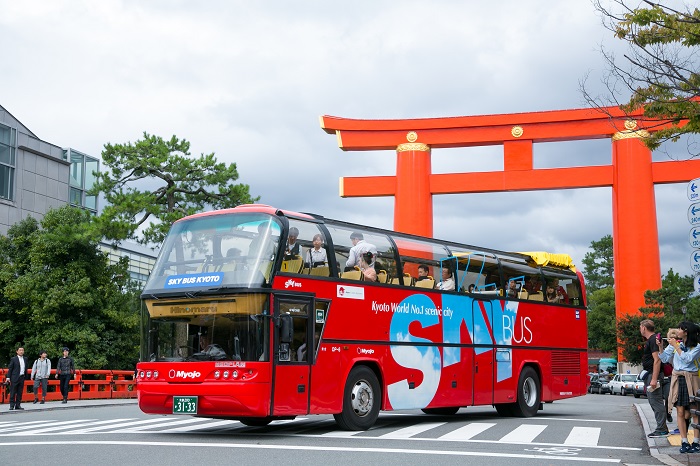
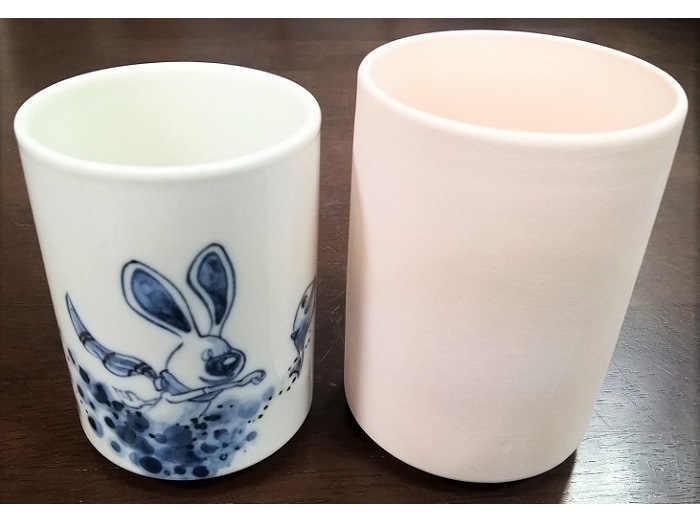
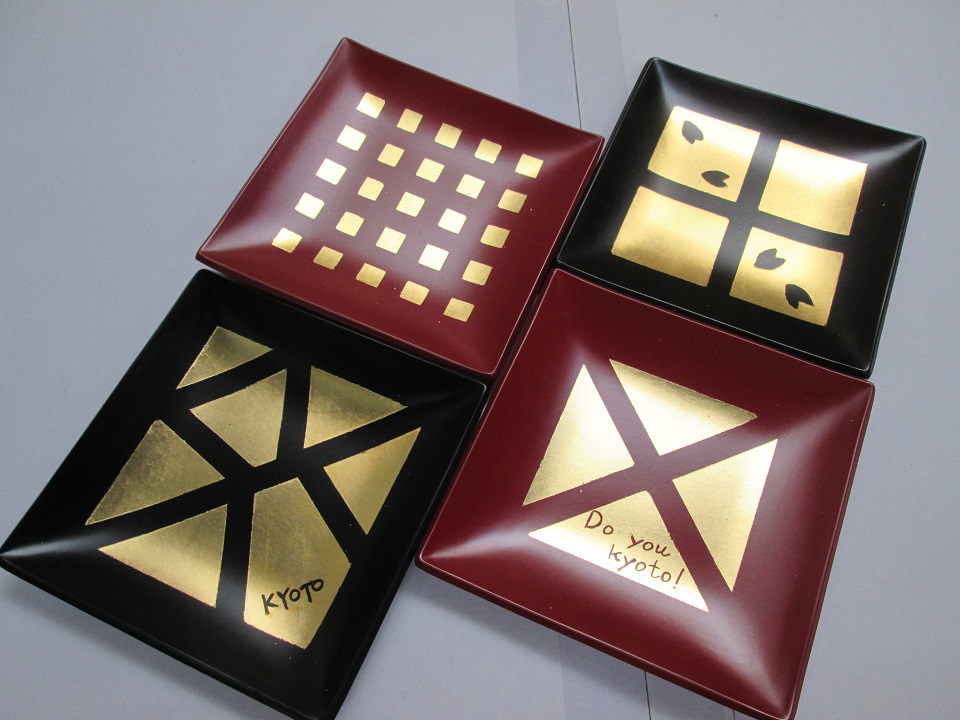

 Kyoto
experience
Kyoto
experience Contact us by phone
Contact us by phone Contact by email
Contact by email